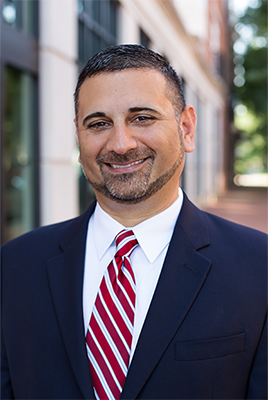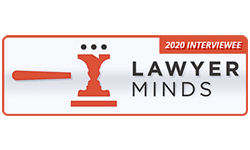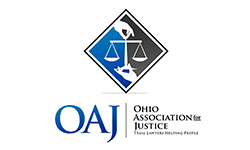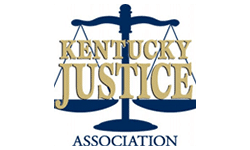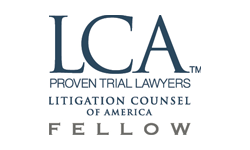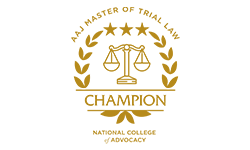
Losing a loved one is a painful experience, but when that loss comes as a result of someone else’s negligence or misconduct, there’s often a deep sense of injustice along with that grief. In these heartbreaking moments, families have the legal right to seek accountability through a wrongful death claim to secure justice and financial recovery.
While the legal process can be emotionally draining, having a clear grasp of the legal framework surrounding a wrongful death can help families navigate their way through the system with greater confidence.
The Legal Definition of Wrongful Death
A wrongful death happens when a person dies as a direct result of another party’s negligent, reckless, or intentional actions. The concept provides a legal avenue for surviving family members to seek compensation for their loss. Unlike criminal cases, which focus on punishing the wrongdoer, wrongful death claims are civil in nature and center around compensation.
That means you don’t need to prove someone intended to cause harm—only that their actions or inaction caused the death.
To prove a wrongful death, you must show that the defendant:
- Had a legal duty of care
- Breached that duty
- Directly caused the fatal incident
These elements might sound straightforward, but the specifics often become complex, especially when large corporations, hospitals, or government entities are involved.
Establishing the Duty of Care
The first step in proving wrongful death is to establish that the defendant owed the deceased a duty of care. This concept can vary depending on the relationship between the parties.
For example, drivers have a duty to operate a vehicle safely and obey traffic laws. A doctor has a duty to provide competent medical care. In premises liability cases, property owners and managers must maintain safe environments for lawful visitors.
Demonstrating this duty involves identifying the role the defendant played in the deceased’s life and the standard of care expected in that context.
Often, this part of the case is not disputed, especially when the relationship is clear and legally recognized. However, in some cases, the defense may argue that no such duty existed, particularly if the parties had minimal or no prior interaction.
Proving Breach of Duty
Once a duty of care is established, the next challenge is to prove the defendant breached that duty.
This means showing the defendant acted unreasonably or failed to act when a reasonable person would have done something to help. In a car accident, this could involve running a red light or driving while intoxicated. Medical malpractice might involve a misdiagnosis or failure to perform necessary procedures.
Evidence becomes critical in this stage. Eyewitness accounts, surveillance footage, expert testimony, and documentation can all play a role in painting a clear picture of the breach.
The more specific and relevant the evidence, the stronger your claim becomes. Attorneys often rely on professional experts to explain how the defendant’s actions failed to meet accepted standards.
How do You Establish Causation?
After a breach is proven, the next step is establishing causation. This means proving that the breach of duty directly led to the victim’s death. Defense attorneys may argue that other factors contributed or that the death would have occurred regardless of their actions. This is especially common in cases involving pre-existing medical conditions or complex medical histories.
To overcome such arguments, you must be able to link the breach clearly and convincingly to the fatal outcome. Medical records, autopsy reports, and testimony from medical experts often serve as the strongest forms of evidence.
Courts look for a clear cause-and-effect relationship, not speculation or possibilities.
How do You Quantify Damages?
While the emotional impact of a wrongful death can never be fully measured, the legal system uses monetary damages to compensate the surviving family members. Proving damages means showing the economic and non-economic losses suffered because of the death.
- Economic losses include funeral expenses, medical bills, loss of income, and the value of services that your deceased loved one provided.
- Non-economic damages cover the loss of companionship, emotional distress, and loss of consortium.
Establishing these damages requires thorough documentation. Pay stubs, tax returns, and employment history can help estimate lost future earnings. Medical bills and funeral invoices outline immediate costs.
Psychological evaluations may be introduced to explain emotional trauma.
While it’s impossible to place a dollar value on a life, these tools help provide a framework for fair compensation.
The Role of Evidence and Investigation
A successful wrongful death case will rest heavily on the strength of evidence. This means families need to act quickly to preserve crucial information. In some situations, physical evidence can be lost, memories fade, or documents go missing.
Engaging a qualified attorney early in the process helps ensure a timely and thorough investigation.
Lawyers can send preservation letters, request documents, subpoena witnesses, and coordinate expert analysis.
It’s also essential to gather statements while memories are fresh and surveillance footage is still available. The more proactive the investigation is, the better the chances of uncovering key facts that support the claim.
How Thomas Law Offices Can Help
Proving a wrongful death requires legal knowledge, procedural skills, and emotional resilience. Insurance companies and defense teams often push back aggressively against these claims, especially when high-dollar damages are involved.
An experienced wrongful death attorney understands how to gather evidence, frame arguments, negotiate settlements, or litigate effectively in court.
Legal professionals also help families stay focused during a period of grief. They manage deadlines, court filings, and legal formalities that would otherwise be overwhelming. By taking on the legal burden, attorneys allow families to focus on healing while working toward justice.
Proving a wrongful death involves much more than showing that someone died and another party was involved. It requires clearly demonstrating duty, breach, causation, and damages—all supported by strong, well-organized evidence.
At Thomas Law Offices, we understand that the legal road can be long and emotionally draining, but families who pursue justice also play an important role in holding others accountable and preventing similar tragedies in the future.
With the legal support of our experienced wrongful death attorneys and a proactive approach, it is possible to honor your loved one’s memory by securing the justice they deserve.


